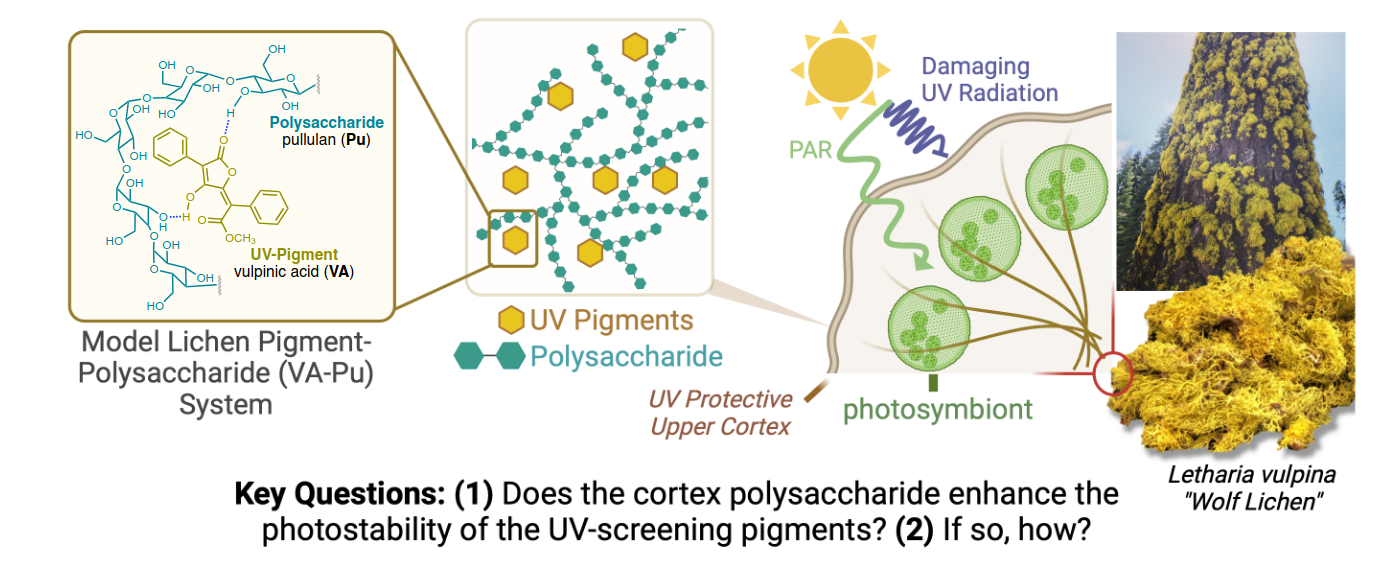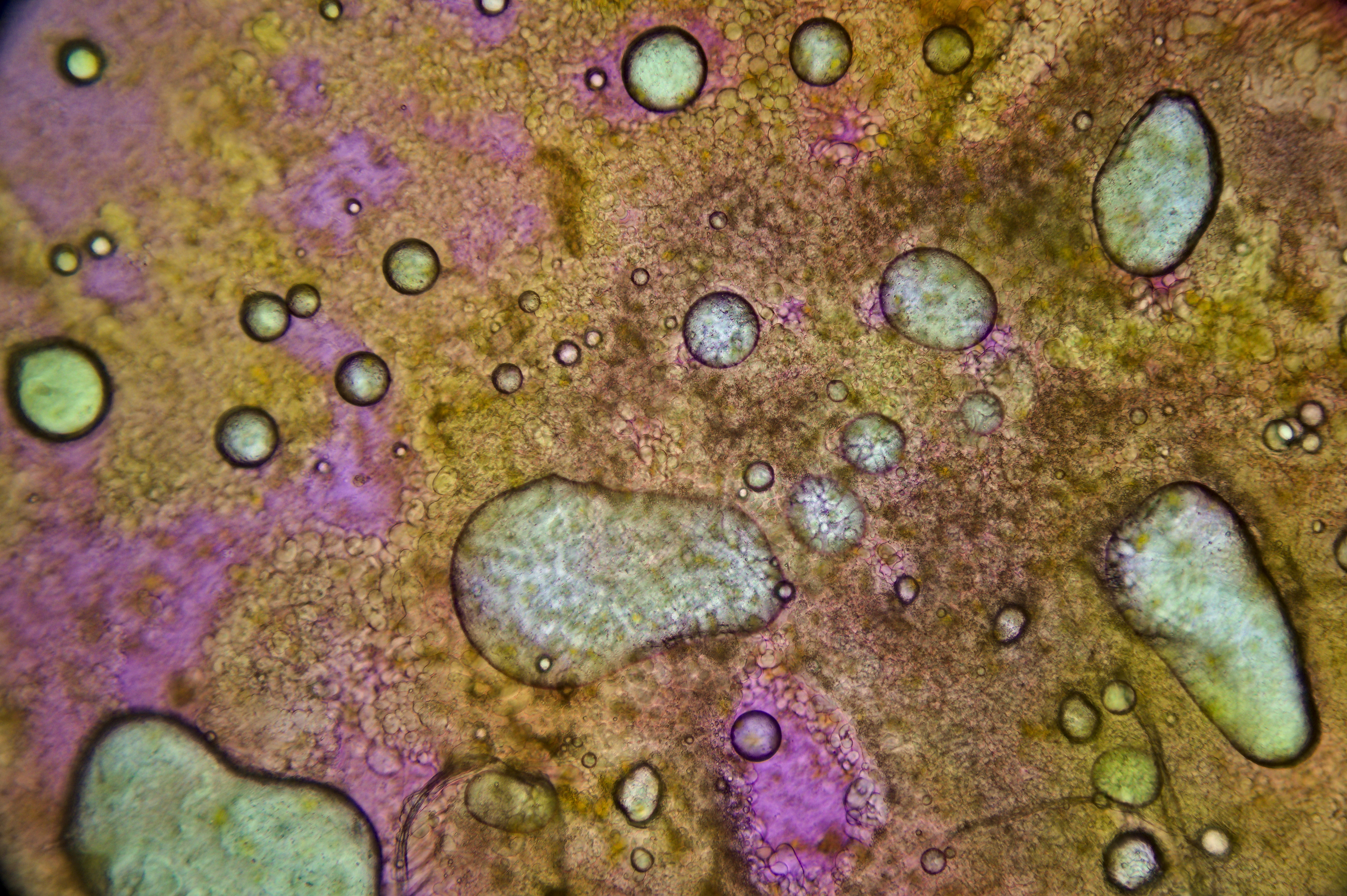Salamander
- 202 Posts
- 302 Comments
Always happy to talk about molecules interacting with light! 😄
This is an aspect of lichen I hadn’t really put much thought into before now.
I have some background is in studying how light interacts with molecules, so I probably put more thought and emphasis on these things than average.
Its been in storage for a couple of months so I may try to re-hydrate it a bit before lighting it up during the night.
That’s cool! When keeping a collection, can you keep them alive for a long time dry?
Not sure how I managed to never hit this species with UV. I would describe the colour as a bright, hot, lipstick pink. I am unsure if this lichen is actually fluorescing or if something else to do with how the pigments show up under UV light - maybe @Sal@mander.xyz would know. Picture doesn’t quite do it justice.
You are pointing a UV lamp at it which probably sends out 365 nm or 395 nm photons. The lichen is shooting back photons with a broad range of wavelengths, and a lot of ~600 - 750 nm ones (red). So, the UV photons had to be “captured” by some molecular system, the system dissipated some energy, and then re-radiated some of these longer-wavelength photons.
The general term that covers the many different possibilities is “photoluminescence”. In this case we can say for sure that the lichen exhibits “UV-induced photoluminescence”, because it is re-emitting lower energy (longer-wavelength) photons. It is common to make the connection “photoluminescence” = “fluorescence”, but technically fluorescence makes specific claims about how the light is re-emitted (singlet -> singlet emission), and it is not the only luminescence process. Other examples of luminescence are phosphorescence from a triplet state and luminescence via charge-recombination. So, to call it “fluorescence” in the strict sense we need know what the exact pathway is.
That said, when it comes to biological pigments fluorescence is generally the most common pathway. Triplets that live long enough to produce light are generally undesirable as they can react indiscriminately with molecules inside of the cell as well as produce reactive oxygen species, and good phosphorescent materials often combine metals and heavy atoms that are not as abundant in living tissue.
So, knowing nothing else, and seeing that red light comes out when you shine UV/blue light on a lichen, it is generally fair to call it “fluorescence”.
Now, if we discuss this specific lichen… I have looked it up and it does get interesting! Do you have it with you? I suspect that its fluorescence might be different during the day than during the night.
I can find online two significant fluorescent components: parietin, which produces the fluorescent yellow pigment, and Chlorophyll a/b, which produces red fluorescence. There is an interesting paper exploring the idea that one functional purpose of parietin’s fluorescence is that it can transfer energy to the algae to boost their photosynthesis. Their conclusions in the paper is that the idea is not supported by the evidence, so, a “negative result”. It is a fun example of the type of research that is performed in photobiology and also an example to show that even negative results can be interesting enough to be published!
As for the difference between day and night - if what you see is a combination of the fluorescence of parietin and chlorophyll, then the color might change with the day/night cycle. Photosynthetic organisms regulate the flow of excess photon energy towards a safe non-radiative dissipation pathway in response to light. This is called the non-photochemical quenching pathway, and during the day this pathway tends to be active. During the night there is little light, and so this protective pathway shuts-off. This allows more of the absorbed photon energy to flow into the radiative fluorescence pathway, increasing the red fluorescence. You can actually see this easily with plants - you can dark adapt a leaf and then compare its fluorescence with that of a leaf that is being exposed to a bright light. The dark-adapted one will usually show significantly more red fluorescence.
This time you did ask, so I won’t apologize for my essay 😆 But I am a bit sorry I didn’t have the time to make it shorter.

 81·2 days ago
81·2 days agoNo. I think they both lose more than they gain here. It doesn’t make sense as a strategy. Ego clash is a simple explanation.
Too bad you don’t get to bring your equipment, but at least you will get to see them :D Good luck finding some wild ancestors!
Great find, congratulations!!

 2·4 days ago
2·4 days agoI bought a National Instrument’s data acquisition card (PCIe-6535B) not knowing that National Instruments is not very Linux-friendly and I was not able to get it working. At least it was a used card so I did not pay to much for it, but I learned my lesson not to assume compatibility.
Once I also used ‘rm -rvf *’ from my home directory while SSH’d into a supercomputer (I made a syntax error when trying to cd into the folder that I actually wanted to delete). I was able to get my data restored from a backup, but sending that e-mail was a bit embarrassing 😆
Those remind me a bit of when we were putting colors and other stuff into dia frames and then projecting.
Possibly similar type of dynamics going on! I never tried this.
I used 99%. 70% will probably work too. I can test later and let you know.
Ahaha, after the 7th snooze finally got out of bed. Great photo!

 3·5 days ago
3·5 days agoBeautiful! Thanks for sharing!
When I saw it, I thought “this looks like it must be fluorescent under UV!”. So, I looked it up, and found out that it probably isn’t fluorescent (but if you have a UV flashlight to test, I am quite curious to know).
From what I can find, the yellowish green color comes from the molecule vulpinic acid. Especially interesting is that this molecule is prone to breaking down in the presence of light (terrible quality for a pigment), but a recent paper suggests that inside of the lichen the molecule sticks to polysaccharide chains in a way that dampens the molecule’s photogradation pathway. The pigment can still absorb UV light but rather than dissipating the energy in a destructive process the polysaccharide holds the molecule in place and dampens the molecule’s response by quickly dissipate the energy. Here is the open-access paper, and diagram below.

I also found that the name Vulpicida, Letharia vulpina, and Vulpinic acid come from folk tales about these lichens being used to poison foxes (vulpes = fox) and wolves. Not sure if it is true…
Apologize for the information dump, but I saw the bright colors and just had to look into its photophysics 😂
I continued playing with this concept. Turmeric resin extracted with isopropanol, and now I blended some beets with water and passed the blended liquid through a coffee filter to obtain the purple betains in water. Deposited as layers one on top of the other. Once dried, I added a drop of oil, and then one drop of soap. No baking soda this time.
It is quite fun to see these under the microscope. It looks like a living landscape, with mountains walking across and interacting with each other as turbulent particles whiz inside of them erratically.

 4·6 days ago
4·6 days agoNot intentional!
Took a bit of digging. The post was federated, but it showed up to me as “Removed by mod”:

Looking through the post’s moderation history, I find that the user was banned from community and then unbanned. I also see some removed posts from that same author to that same community around that same time.
My guess is that the most was removed by mod, then restored, but only the removal federated through and not the restore.
I have manually restored it, so you should be able to find it now: https://mander.xyz/post/977581/19535554
Wow, a really nice shot of a really nice frog!
Happy you find it useful! I added the images that went into the stack for reference just now.
I’m going to stick with the meat of your point. To summarize, …
That is not quite how I see it. The linear diagram “brain -> black box -> mind” represents a common mode of thinking about the mind as a by-product of complex brain activity. Modern theories are a lot more integrative. Conscious perception is not just a byproduct of the form brain -> black box -> mind, but instead it is an essential active element in the thought process.
Ascribing predictions, fantasies, and hypotheses to the brain or calling it a statistical organ sidesteps the hard problem and collapses it into a physicalist view. They don’t posit a mind-body relationship, they speak about body and never acknowledge the mind. I find this frustrating.
That text was probably written by a materialist / physicalist, and this view is consistent within this framework. It is OK that you find this frustrating, and it is also alright if you don’t accept the materialist / physicalist viewpoint. I am not making an argument about materialism being the ultimate truth, or about materialism having all of the answers - especially not answers relating to the hard problem! I am specifically describing how different frameworks held by people who already hold a materialist view can lead to different ways of understanding free will.
Scientists often do sidestep the hard problem in the sense that they acknowledge it to be “hard” and keep moving without dwelling on it. There are many philosophers (David Chalmers, Daniel Dennett, Stuart R. Hameroff), that do like getting into the nitty-gritty about the hard problem, so there is plenty of material about it, but the general consensus is that the answers to the hard problem cannot be find using the materialist’s toolkit.
Materialists have is a mechanism for building consensus via the scientific method. This consensus mechanism has allowed us to understand a lot about the world. I share your frustration in that this class of methods does not seem to be capable of solving the hard problem.
We may never discover a mechanism to build consensus on the hard problem, and unfortunately this means that answers to many very important questions will remain subjective. As an example, if we eventually implement active inference into a computer, and the computer claims to be conscious, we may have no consensus mechanism to determine whether they “really” are conscious or not, just as we cannot ascertain today whether the people around us are conscious. In my opinion, yes, it is physically possible to build conscious systems, and at some point it will get tricky because it will remain a matter of opinion. It will be an extremely polarizing topic.
Oh, wow! I didn’t know about this microscopic difference between monocots and dicots. So cool!
Moderates






- Nudibranchs@mander.xyz
- Invertebrates@mander.xyz



- Animal behavior@mander.xyz
- Plants@mander.xyz
- Botany@mander.xyz



- New Communities@mander.xyz





- Neuroscience@mander.xyz


- Semiconductors@mander.xyz
- Nuclear@mander.xyz











Hello ✌️ 😄